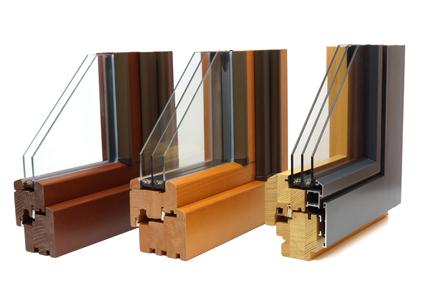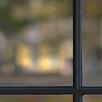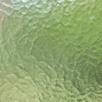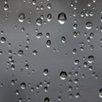Windows 101
When selecting the right windows for your project, there’s a lot more to consider than just measurements. With so many options available, it’s important to be familiar not just with designs, but also the components and energy-saving features that go into building the perfect fit. Let’s shed some light on the basics:












Anatomy of a Window
1 - Frame/Jamb
The outer structure of a window that holds the sash in position.2 - Divided Lite
Decorating grids either between the glass or on the surface provide the appearance of separate window panes.3 - Stile
The vertical sections of the sash.4 - Upper Sash
The upper assembly of stiles and rails forming the framework. The upper sash will slide up and down in a double-hung window, but will not move in a single-hung window.5 - Lower Sash
The lower assembly of stiles and rails forming the framework.6 - Rail
The horizontal section of the sash.7 - Sill
The horizontal member that forms the bottom of a window frame.
